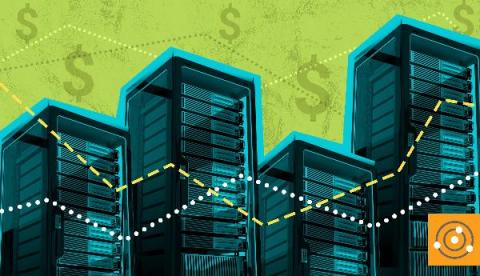Creating Custom Event Views in SQL Sentry
If you’re using SQL Sentry regularly, there’s a great event management feature that provides a lot of value for our advanced users. I often find the SQL Sentry Event Calendar isn’t being used as often as it once was. The Event Calendar lets you view historical and future events, drill down into event failures, and reschedule jobs using drag and drop all from within the SQL Sentry desktop client. In addition, you can create custom views of events you need to reference frequently.









